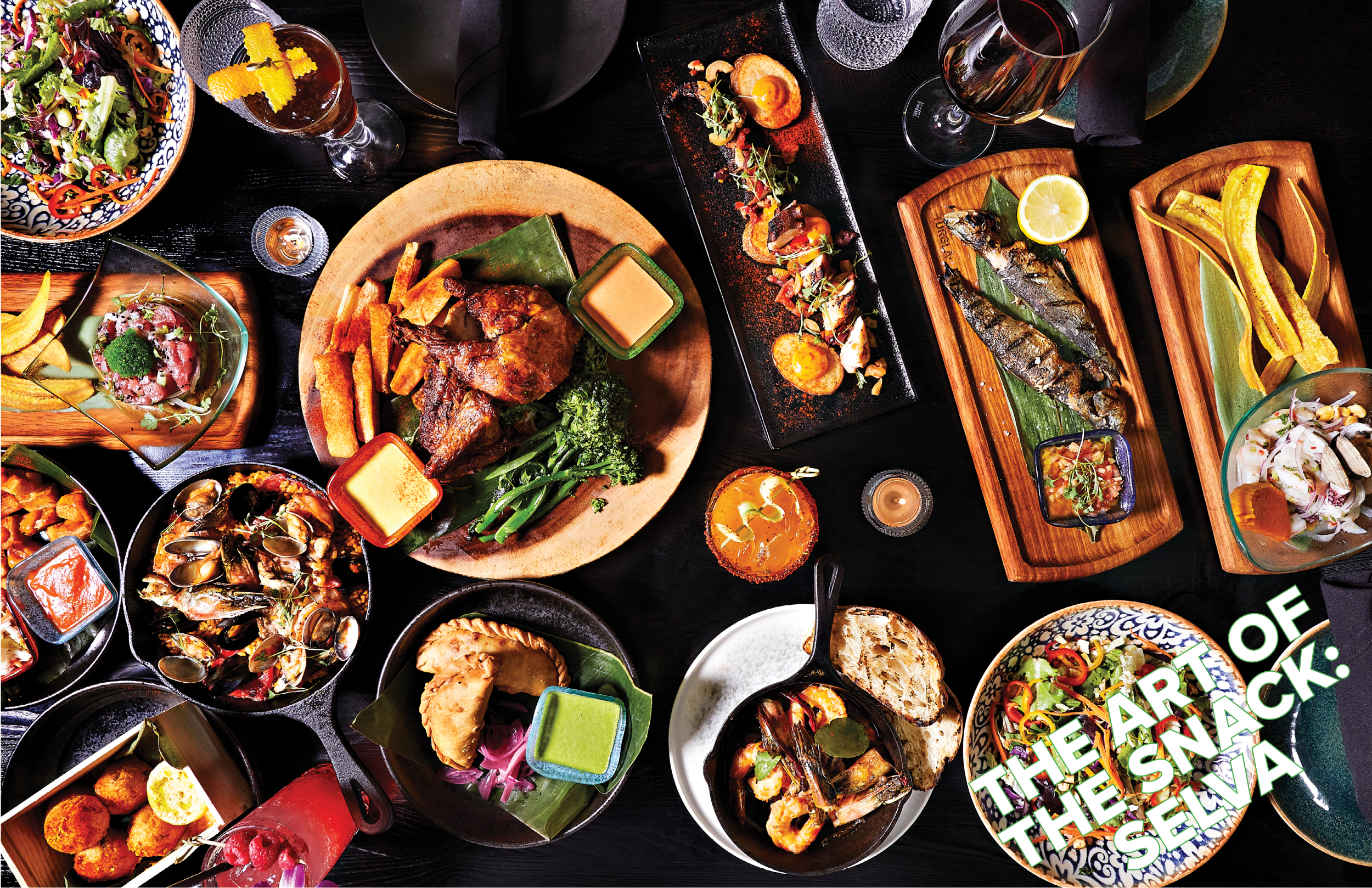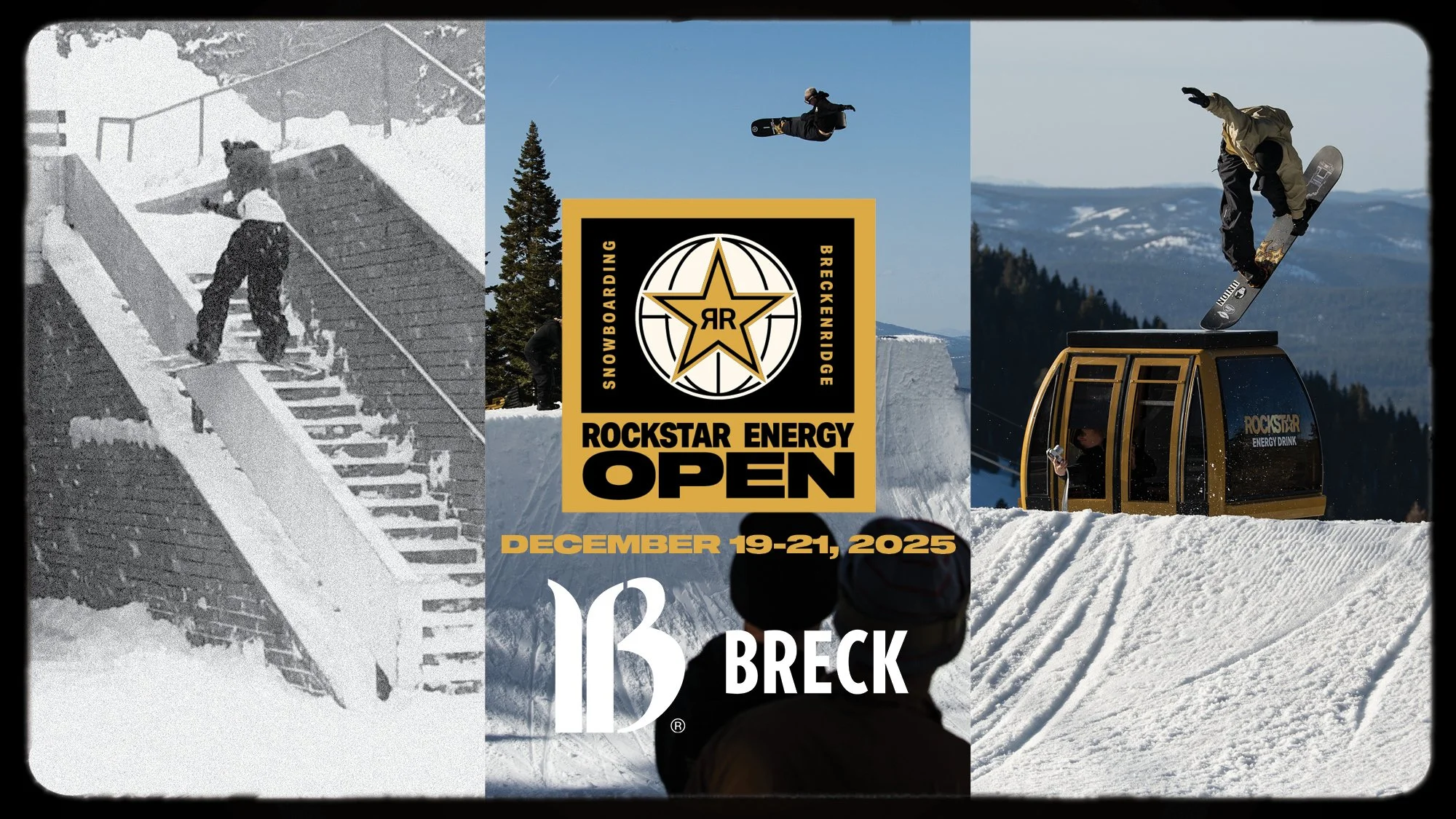Planning a trip to Indonesia can be both exciting and overwhelming. With over 17,000 islands spanning three time zones, Indonesia offers incredible diversity – from pristine beaches to active volcanoes, bustling cities to remote villages. Packing properly for this tropical paradise requires thoughtful consideration of its unique climate, cultural norms, and varied activities.
This blog will help you pack smartly for your Indonesian adventure, ensuring you're comfortable, respectful, and prepared for everything this magnificent archipelago has to offer.
Understanding Indonesia's Climate and Seasons
Indonesia sits near the equator, creating a consistently warm and humid environment year-round. Daytime temperatures typically range from 77°F to 90°F (25°C to 32°C), with high humidity levels between 70-90%. This combination means you'll want lightweight, breathable fabrics.
The country experiences two distinct seasons. The dry season (May to September) offers sunny days perfect for outdoor activities, while the wet season (October to April) brings afternoon downpours. During the wet season, quick-dry clothing and rain protection become essential travel essentials in Indonesia.
Climate varies significantly across the archipelago. Bali and Java experience consistent patterns, while Papua's mountainous regions can get surprisingly chilly. Northern Sumatra faces different monsoon timing than southern islands. Research your specific destinations when creating your Indonesia packing guide.
As you consider these climate factors, remember to pack clothing that will keep you comfortable through varying weather conditions while respecting local cultural norms.
Essential Documents and Pre-Trip Preparations
Getting your documentation in order is just as important as packing the right clothes. These paper essentials form the backbone of a smooth Indonesian adventure.
Passport and Visa Requirements
Your passport must be valid for at least six months beyond your planned departure date. Depending on your nationality, you might need an electronic visa, visa on arrival, or pre-arranged visa. Keep digital and physical copies of these documents.
Health Documentation
Indonesia may require proof of certain vaccinations, particularly yellow fever if you're arriving from an affected country. Bring your international vaccination card and any prescriptions for medications you're carrying.
Digital Safety Net
Having unlimited data in Indonesia is crucial for navigating unfamiliar territory, translating languages, and staying connected in emergencies. Many travelers opt for an eSIM or travel SIM card that provides reliable coverage across the islands. This digital lifeline ensures you can access maps, translation tools, and emergency contacts wherever your adventures take you.
Emergency Information
Create a document with emergency contacts, including your country's embassy in Indonesia, travel insurance details, and medical information. Store copies both digitally and physically.
With these essential documents secured, you're ready to move on to packing the clothing that will keep you comfortable throughout your journey.
Clothing Essentials for Indonesia
Packing the right clothing for Indonesia means balancing comfort, practicality, and cultural sensitivity. Your what to pack for Indonesia strategy should prioritize lightweight, versatile pieces.
Breathable Fabrics
The tropical heat demands natural, breathable fabrics. Pack cotton, linen, and modern moisture-wicking materials that dry quickly. Avoid synthetic fabrics that trap heat and sweat.
Cultural Modesty Considerations
Indonesia is predominantly Muslim, with varying degrees of conservative dress expectations. Always pack modest options for visiting temples, mosques, and rural areas. Women should include knee-length or longer skirts/pants and tops that cover shoulders.
Versatile Wardrobe Basics
Consider a capsule wardrobe approach with mix-and-match items in neutral colors. Include:
● 4-5 lightweight t-shirts/tops
● 2-3 pairs of lightweight pants/long skirts
● 1-2 pairs of shorts (knee-length for cultural sites)
● 1 light cardigan or long-sleeved shirt for evening or air conditioning
● 1 lightweight rain jacket or poncho
Remember that laundry services are readily available and affordable throughout Indonesia, so you don't need to pack for every day of your trip.
Beach and Adventure Gear
For many travelers, Indonesia's outdoor activities and beaches are the main attraction. Packing specialized gear will enhance these experiences significantly.
Swimwear and Beach Essentials
Pack at least two swimsuits so one can dry while you wear the other. Include a sarong or cover-up for walking between beach and accommodation. Consider a rash guard for sun protection during extended snorkeling or surfing.
Trekking and Volcano Hiking Equipment
If your Indonesia travel tips include hiking volcanoes like Mt. Bromo or Mt. Rinjani, you'll need:
● Proper hiking shoes with good traction
● Moisture-wicking socks
● Light layers for predawn summit attempts
● Headlamp for early morning starts
● Small daypack for water and essentials
Water Activities Gear
For Indonesia's world-class snorkeling and diving spots, consider bringing:
● Your own mask and snorkel (if you have them)
● Reef-safe sunscreen (essential for protecting marine environments)
● Quick-dry towel
● Waterproof phone case or dry bag
When planning your adventure gear, consider what you can reasonably carry and what might be better to rent locally.
Health and Hygiene Necessities
Staying healthy during your Indonesian adventure requires some preparation. These items should be on your Indonesia packing guide regardless of your destination within the country.
First Aid and Medications
Pack a basic first aid kit with bandages, antiseptic wipes, and over-the-counter medications for common issues like headaches, allergies, and stomach troubles. Don't forget any prescription medications in their original packaging.
Sun and Heat Protection
Indonesia's equatorial sun is intense. Include high-SPF sunscreen, lip balm with SPF, a wide-brimmed hat, and quality sunglasses. After-sun care like aloe vera gel can be a lifesaver after a day outdoors.
Insect Protection System
Mosquito-borne illnesses are a concern throughout Indonesia. Bring:
● Insect repellent with DEET (at least 20%)
● Light, long-sleeved clothing for evenings
● Sleep sheet or lightweight travel mosquito net for budget accommodations
Having these health essentials readily available will help you stay comfortable and enjoy your Indonesian adventure without interruption.
Tech and Travel Accessories
The right tech and accessories can significantly enhance your Indonesian journey without weighing down your bag.
Adapters and Power Solutions
Indonesia uses Type C and F electrical outlets (European-style, 230V). Bring a universal adapter and consider a power bank for long days away from your accommodation.
Digital Necessities
Your smartphone will likely serve as your camera, map, translator, and guidebook. Consider downloading offline maps, language apps, and travel guides while you have reliable Wi-Fi.
Packing Organization
Packing cubes or compression bags help organize your belongings and maximize suitcase space. Include a waterproof bag for wet items and a small daypack for daily excursions.
With these tech accessories and organizational tools, you'll be well-equipped to navigate Indonesia's diverse environments efficiently.
Final Thoughts on Your Indonesian Adventure
Creating a thoughtful packing list for Indonesia is about balancing preparation with flexibility. The diverse archipelago rewards travelers who come prepared for its climate, cultural expectations, and varied activities. Your Indonesia travel tips toolkit should include both physical items and an open, adaptable mindset.
Remember that what you don't pack can be as important as what you do – leaving space in your luggage means room for memorable souvenirs and unforgettable experiences. Indonesia's natural beauty and cultural richness await – now you're ready to embrace them with confidence.
Common Questions About Indonesia Packing
What to pack for a trip to Indonesia?
Remember to pack essentials like sunscreen, a hat, sunglasses, and a reusable water bottle. Additionally, consider packing a sarong, as it can be versatile for beach cover-ups, temple visits, or as a towel. Don't forget your travel documents, toiletries, and any necessary medications.
What is the 123456 rule of packing?
Consider the 1-2-3-4-5-6 Rule One general guideline is to pack one hat, two pairs of shoes, three bottoms, four tops (short or long-sleeve or outer layer), five pairs of socks, six pairs of underwear.
What toiletries are hard to find in Indonesia?
Most basic toiletries are easy to find, but you may have trouble finding specific brands of sunscreen, tampons, reef-safe products, or prescription-grade skincare. Bring enough of any specialty items you rely on.







































































